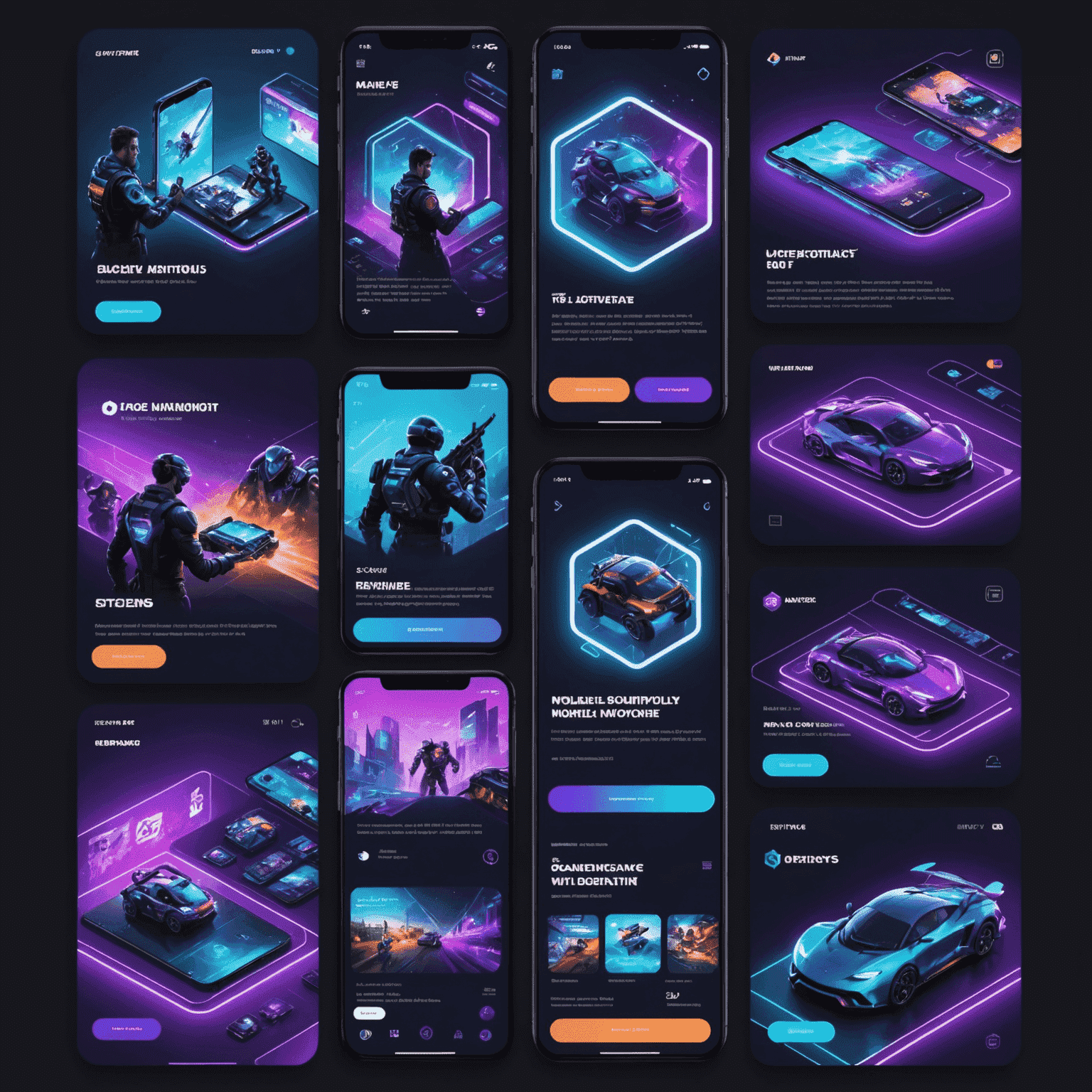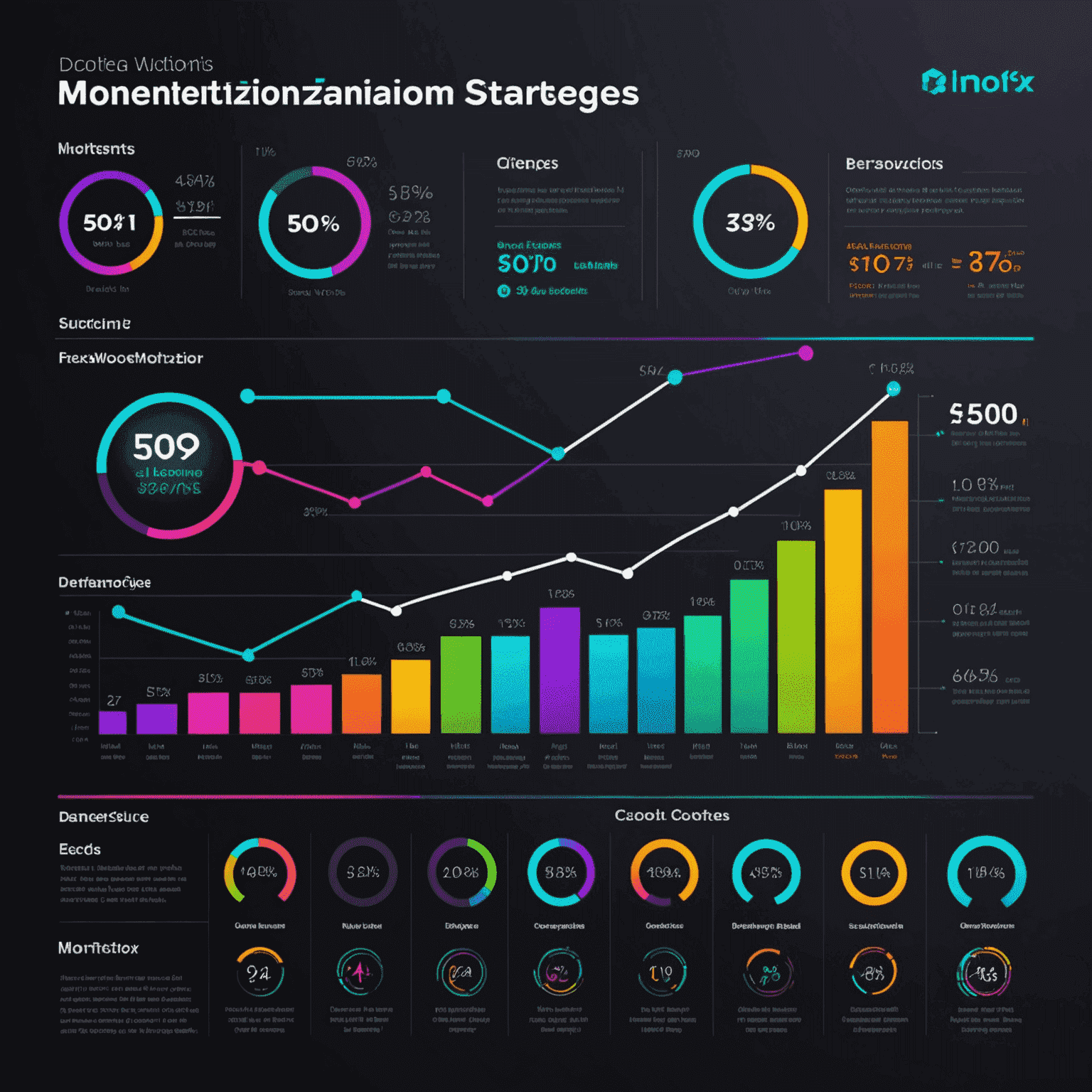Monetization Strategies for Indie Developers

In the competitive world of mobile gaming, indie developers face the challenge of balancing user experience with revenue generation. This comprehensive guide explores effective monetization techniques tailored for independent mobile game developers.
1. Complimentarymium Model
The Complimentarymium model remains a popular choice among indie developers. Offer your game for Complimentary to attract a large user base, then monetize through in-app purchases (IAPs) for premium features, cosmetic items, or gameplay advantages.
2. In-App Advertising
Integrate ads into your game, but do so thoughtfully. Consider rewarded video ads, which offer players in-game benefits for watching advertisements. This method can enhance user experience while generating revenue.
3. Premium Pricing
For high-quality, unique games, don't shy away from premium pricing. Emphasize the ad-Uninterrupted experience and Premium content to justify the upfront cost.

4. Subscription Services
Implement a subscription model for games with regularly updated content or for a bundle of your games. This can provide a steady income stream and encourage long-term player engagement.
5. Partnerships and Sponsorships
Collaborate with brands for in-game promotions or sponsored content. This can be particularly effective for games with a specific theme or target audience.
6. Cross-Promotion
Leverage your existing player base to promote your other games. This can be a cost-effective way to increase downloads across your portfolio.
7. Seasonal Events and Limited-Time Offers
Create urgency and excitement with time-limited events or offers. This can boost engagement and encourage players to make purchases.

Balancing Act: User Experience and Monetization
Remember, the key to successful monetization is maintaining a positive user experience. Avoid aggressive tactics that might alienate players. Instead, focus on creating value that players are willing to pay for.
Conclusion
As an indie developer in the mobile game dev space, finding the right monetization strategy is crucial. Experiment with different methods, analyze player behavior, and be ready to adapt. With the right approach, you can create a sustainable revenue model while delivering an engaging gaming experience.